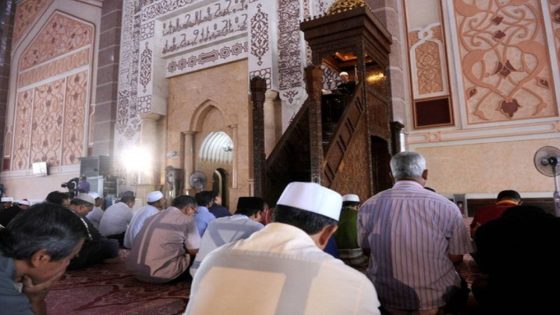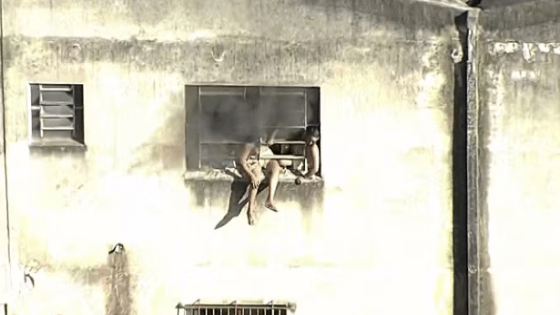The ongoing legal battle over the art pieces taken from the Museu de Lleida continues to stir controversy. On February 21, 2025, the trial of former Catalan Culture Minister Lluís Puig highlighted the complexities surrounding the return of these artworks, seized by the Guardia Civil seven years ago. Why does this matter to Spain and beyond?
- Editorial discussed by various contributors.
- Lluís Puig judged in absentia.
- Artworks taken by Guardia Civil in 2017.
- Ongoing political instrumentalization of the case.
- Concerns over the condition of seized artworks.
- Allegations of blatant Catalanophobia.
The Legal Dispute Over Catalan Art: A Cultural Crisis in Spain
Why is the trial of Lluís Puig significant? This case reflects the broader tensions between Catalonia and the Spanish government. The artworks taken from the Museu de Lleida are not just pieces of art; they symbolize a cultural identity that is under threat. The ongoing absence of these pieces raises concerns about their condition and the motives behind their removal.
Art and Politics: The Intersection of Culture and Identity in Spain
The trial has revealed the political motives behind the seizure of the artworks. Many view this as an act of cultural repression, especially given the historical context of the 2017 Catalan referendum. The artworks remain in limbo, with no clear plan for their return.
The Implications of the Sixena Case on Catalan Heritage
The Sixena case serves as a reminder of the fragility of cultural heritage in politically charged environments. The following points highlight key aspects of the situation:
- The artworks were taken during a politically tumultuous period in Catalonia.
- Legal battles continue to overshadow the cultural significance of the pieces.
- The condition of the artworks remains uncertain, raising preservation concerns.
- Political narratives shape public perception of the case.
Future of Catalan Art: What Lies Ahead?
As the legal proceedings unfold, the future of these artworks hangs in the balance. The ongoing trial of Lluís Puig may set a precedent for how cultural disputes are handled in Spain. Will there be a resolution that honors Catalan heritage, or will political interests continue to dominate?
In conclusion, the Sixena case is more than just a legal issue; it is a reflection of the ongoing cultural and political struggles in Spain. The fate of the artworks remains uncertain, but their story continues to resonate with those who value cultural identity and heritage.






























